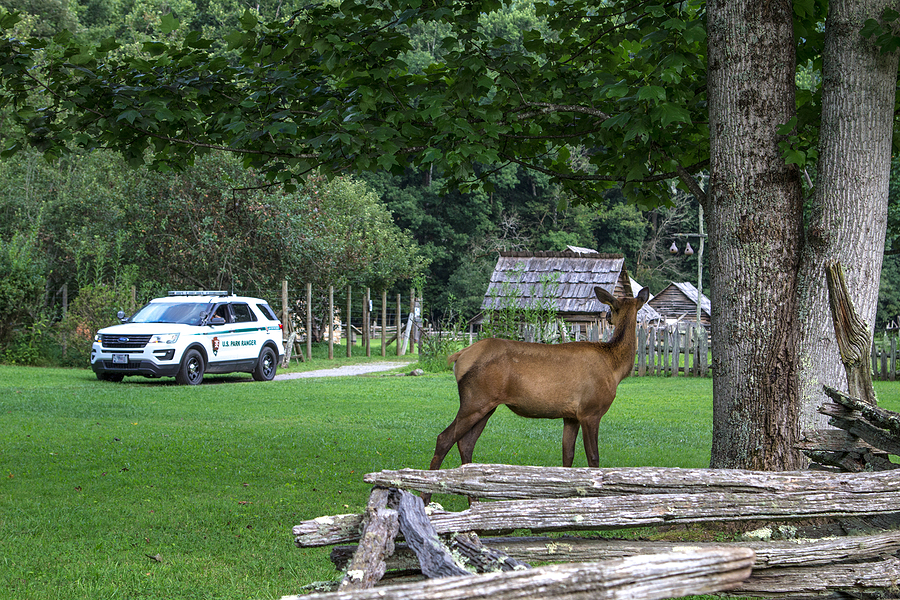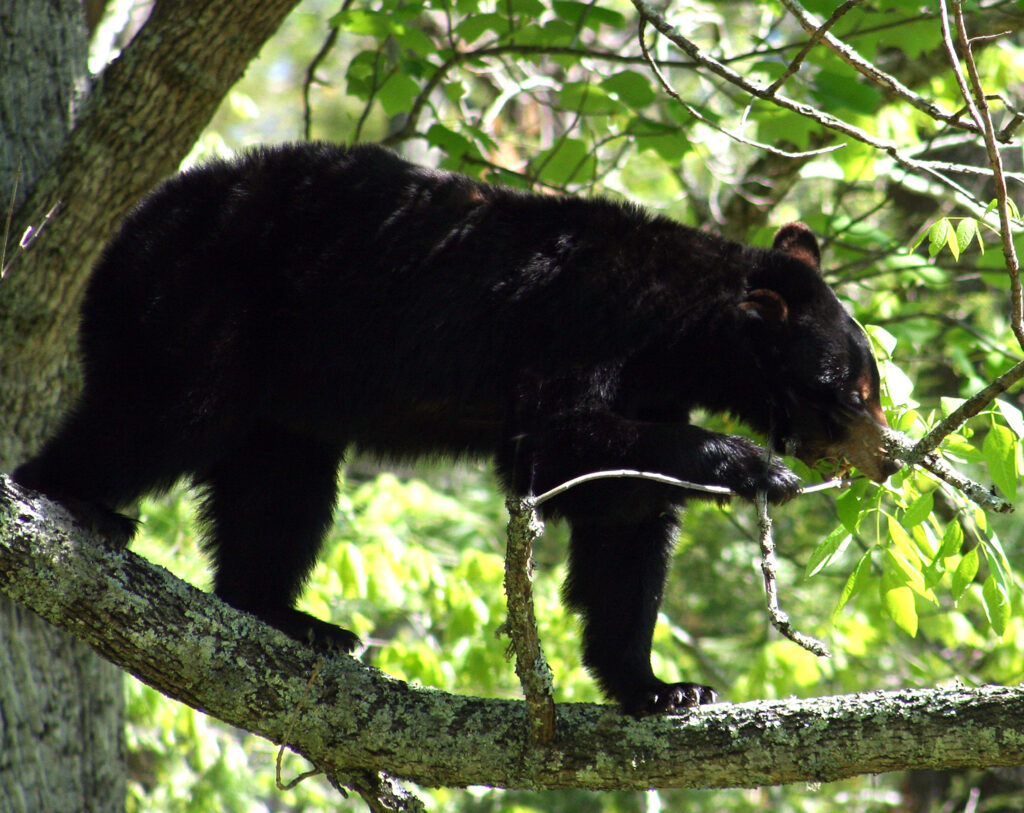Tennessee’s diverse ecosystems support an incredible array of wildlife, from the Great Smoky Mountains to the Mississippi River Valley. This natural richness comes with responsibility—understanding and following wildlife protection laws ensures these species thrive for future generations while helping homeowners and business owners manage nuisance wildlife situations legally and effectively.
Whether you’re dealing with raccoons in your attic, bats in your chimney, or simply want to understand your role in wildlife conservation, this guide covers everything you need to know about Tennessee’s wildlife protection laws, enforcement mechanisms, and practical solutions for wildlife conflicts.

Tennessee’s Wildlife Protection Framework
The Tennessee Wildlife Resources Agency (TWRA) serves as the primary authority for wildlife management and protection throughout the state. Operating under Tennessee Code Annotated, Title 70 (Wildlife Resources), TWRA develops and enforces regulations designed to conserve wildlife populations while balancing human needs.
TWRA Regulations, Chapter 1660-01 (Wildlife Management) provides specific guidelines for wildlife interactions, hunting seasons, and protection measures. These regulations work alongside federal laws like the Endangered Species Act and the Migratory Bird Treaty Act to create comprehensive protection for Tennessee’s wildlife.
The state’s approach emphasizes both conservation and practical management. This means while certain species receive strict protection, property owners have legal options for addressing wildlife conflicts when they arise.
A List of Protected Species in Tennessee:
▶ Bald eagles: These majestic birds of prey are protected under the Bald and Golden Eagle Protection Act, making it illegal to harm, harass, or disturb them in any way.
▶ Red wolves: Once extinct in Tennessee, these endangered animals have been successfully reintroduced to the state. They receive protection under the Endangered Species Act.
▶ Indiana bats: This species is federally listed as endangered due to white-nose syndrome, a fungal disease that has decimated their populations. It is illegal to harm or disturb them in their hibernation sites.
▶ Eastern hellbenders: As North America’s largest salamander species, these amphibians play a crucial role in aquatic ecosystems. They are listed as globally Near Threatened, but receive state protection in Tennessee.
▶ Red-cockaded woodpeckers: This species is federally endangered due to habitat loss and fragmentation. They have been successfully reintroduced to several areas in the Southeast, including Tennessee.
▶ Northern riffleshell mussels: These freshwater mussels are listed as federally endangered due to pollution and habitat destruction. Efforts are being made to restore their populations and protect their habitats.
With the help of conservation efforts and legislation such as the Endangered Species Act, many species that were once on the brink of extinction are now making a comeback. However, there is still much work to be done to ensure their continued survival.
One important factor in the protection and preservation of endangered species is public awareness and education. It’s crucial for people to understand the impact of their actions on the environment and how it affects these vulnerable species.
Individuals can make a difference by making small changes in their daily lives, such as reducing plastic use, choosing sustainable products, and supporting organizations that work towards conservation efforts.
Contact Us for Safe & Humane Wildlife Control
Keeping Wildlife as Pets: Legal Restrictions and Requirements
Tennessee maintains strict regulations regarding wildlife as pets, with good reason. Wild animals, like raccoons, bats, birds, squirrels, chipmunks, opossums, bunnies, and foxes, have complex needs that domestic settings cannot meet, and they can pose health and safety risks to humans.
For instance, the question of keeping a raccoon as a pet illustrates these concerns. Raccoons are wild animals that require specialized diets, extensive space, and can become aggressive as they mature. They also carry zoonotic diseases that can transfer to humans.
State law requires permits for most wildlife species, and these permits are typically granted only to qualified wildlife rehabilitators, educational institutions, or research facilities. Private individuals cannot legally obtain permits to keep most native wildlife species as pets.
Violations of these regulations can result in significant penalties, including fines, confiscation of animals, and potential criminal charges.
DIY Wildlife Control: Legal and Effective Methods
Property owners can take numerous steps to address wildlife conflicts while remaining within legal boundaries. These proactive measures often prove more effective than reactive approaches.
Exclusion Strategies
- Seal entry points by regularly inspecting your home’s foundation, windows, and roof for cracks or holes. Use durable materials like caulk, steel wool, or metal flashing to prevent animals from entering. This approach addresses the root cause of wildlife conflicts.
- Trim trees and shrubs that overhang your roof or provide access to your home. Removing these wildlife highways reduces animal access to your property while maintaining your landscape.
Habitat Modification
- Secure garbage bins with tight-fitting lids to prevent raccoons and other animals from accessing food waste. Consider using bungee cords or storing bins in a shed or garage overnight.
- Remove food sources by clearing your yard of fallen fruit, spilled birdseed, and pet food. Store pet food indoors and clean outdoor feeding areas after use. These simple steps eliminate the attractions that draw wildlife to your property.
- Maintain a clean yard free of clutter, debris, and standing water. Regular lawn mowing, removing piles of wood or leaves, and clearing gutters prevents wildlife from establishing nesting sites.
Deterrent Methods
- Install motion-activated lights around your property to deter nocturnal animals like raccoons and bats. These lights startle wildlife and discourage them from approaching your home without causing harm.
- Apply commercial wildlife repellents containing ingredients like capsaicin or predator urine around your property. Follow manufacturer instructions for safe and effective use, and reapply as directed.
- Use bird netting to protect gardens and fruit trees from bird damage. Ensure proper installation to prevent birds from getting tangled while still protecting your crops.
When to Call a Professional Wildlife Control Service
While DIY methods handle many wildlife conflicts, certain situations require professional intervention. Understanding when to call a licensed wildlife control service in Nashville protects both you and the wildlife involved.
Complex Removal Situations
- Large infestations or animals in difficult-to-reach locations often require professional expertise. Wildlife control services have specialized equipment and training to handle these challenging situations safely.
- Animals showing signs of illness or unusual behavior may indicate disease, requiring professional assessment and handling. Attempting to manage sick wildlife without proper training puts both humans and animals at risk.
Legal Compliance
- Professional services understand current regulations and permit requirements, ensuring all actions comply with state and federal laws. This knowledge protects property owners from inadvertent violations.
- Timing restrictions for certain species, like bats during maternity season, require professional understanding of wildlife biology and legal requirements.
Safety Considerations
Wildlife control professionals have training in animal behavior, safe handling techniques, and proper equipment use. This expertise reduces risks to both humans and animals during removal operations.
Professionals also understand proper cleanup and sanitization procedures, addressing health concerns associated with wildlife infestations.
In Summary
Tennessee’s wildlife protection laws create a framework for coexistence between humans and wildlife, but success depends on individual understanding and compliance. By following legal requirements, implementing effective exclusion strategies, and supporting conservation efforts, you contribute to wildlife protection while addressing your property management needs.
Take action today by supporting local wildlife conservation efforts, implementing wildlife-friendly practices on your property, and staying informed about Tennessee’s wildlife protection laws. Your involvement makes a meaningful difference in preserving Tennessee’s natural heritage for future generations.
Need expert help? Contact Smoky Wildlife Control at 615-610-0962 today to ensure your home or business is fully protected. Don’t wait until damage occurs—peace of mind starts with prevention.
Related Post: Nuisance Fox Control Regulations in Tennessee







